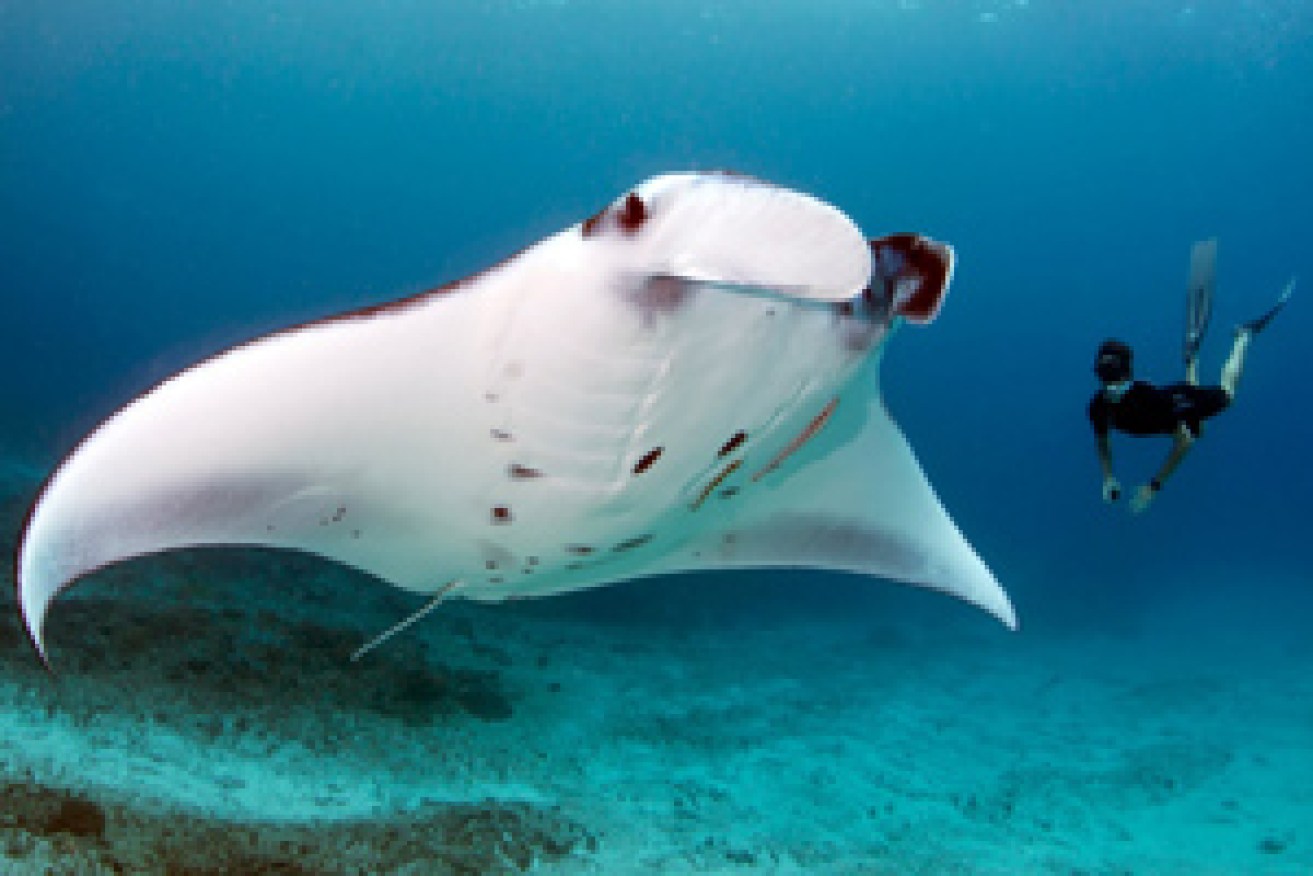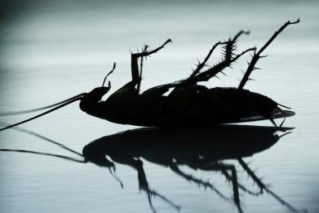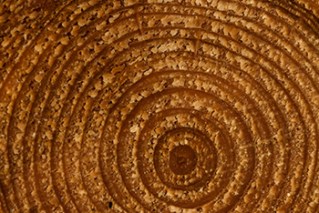Giants from the abyss still haunt our planet

An enormous sea creature rarely seen by human eyes has been captured on video, a fascinating reminder of the mysteries that lurk in the abyss.
In recent weeks, Russian fishermen managed to glimpse a colossal squid rising from the deep – only the second time a live specimen has ever been recorded.
In the footage, the sailors can be heard yelling in their native tongue as they try to protect their catch (seemingly a much smaller squid or octopus) from the monster’s greedy, barbed arms and tentacles.
• These are the deadliest animals in the world
• And these are the deadliest in Australia
• Lifelong Nessie hunter finds the ‘real’ monster
• Great white shark lands world’s worst bellyflop
Museum Victoria head of sciences Dr Mark Norman confirmed the footage of the “fascinating critter” was authentic.
He agreed the specimen was a colossal squid, a creature weighing at least 650kg steeped in “high mystery and mythology”, and not its shorter, fatter and slightly better known relative, the giant squid.
Dr Norman said he was fascinated by the “very strange lifestyles” of these and other creatures that abide in the “deepest darkest depths” of the ocean, where they survive “pitch black, freezing cold with meals far and few between”.
“The fact they exist there at all is amazing,” he said.
“The adaptations that animals here have taken are fully bizarre from those that produce all sorts of light for all sorts of reasons, those that float on limbs or flesh full of their own urine products as a buoyancy strategy, to those that have faces full of teeth and expandable stomachs to catch those elusive meals.”
RMIT University marine biologist Professor John Buckeridge, who has recently researched deep sea gigantism, told The New Daily that very large creatures are “not uncommon” in the oceans, especially cooler waters.
“Reasons for it vary greatly. In this case, as it pertains to a poikilothermic invertebrate, it is likely to simply be exploitation of a niche,” Professor Buckeridge said.
Along with giants, the ocean is also home to far smaller creatures with even weirder names, such as the spookfish, cutthroat eels, scaly dragonfish and the fanfin sea devil.
While the colossal squid is the largest of invertebrates, here are some other giants in their classes, as well as some smaller oddities from the depths.
 | Blue whale q The blue whale is the largest of whales, the biggest thing in the ocean and probably the most enormous creature to have ever graced our globe, weighing in at 180,000kg and 30 metres long. q “Weight bearing in water is how whales can get so huge,” Museum Victoria head of sciences Dr Mark Norman explained. q Its seventh-largest cousin, the sperm whale, is often described as ‘fighting’ giant squids, but it easily dwarfs its prey. q |
 | Sperm whale q While only the seventh-largest whale, the sperm whale is included in this list for its penchant for ‘fighting’ giant squids – except it’s no fair fight. q “Sperm whales at 30 tonnes fighting a giant squid is more like a giant eating a popsicle,” Dr Norman said. |
 | Giant oceanic manta ray q Oceanic mantas are the largest rays in the world, reaching up to a width of nine metres. |
 | Giant oarfish q Known as the ‘King of Herrings’, it is the longest bony fish in the world. q Thought to be the source of sea serpent fables, it can reach 11 metres. |
 | Mola Mola q The title of heaviest bony fish goes to this weird-looking creature, also known as an Ocean Sunfish. q It can weigh up to 1000 kilograms. |
 | Frilled shark q It’s not the largest or heaviest, but this 300-toothed shark is one of the oldest. Its ancestry dates back 80 million years. q It had rarely been seen until Aussie fishermen caught a specimen near Victoria. |
 | Leatherback turtle q This gentle giant ranks as the biggest non-crocodilian reptile. q The biggest of these turtles can weigh up to almost 1000kg. |
 | Japanese spider crab q This crab can claim to be the largest in overall size – and have the longest legs – of the anthropods, but the award for heaviest goes to super-sized lobsters. |
 | Xestospongia muta q Not only are these living ‘barrels’ the largest of the sponge family, but they are probably some of the oldest organisms on the planet. q Some are thought to be more than 2000 years old. |
 | Saltwater crocodile q Our salty, which is also native to Asia, is the largest of all living reptiles and the largest land and water-edge predator. q Males can be 6.3 metres long and weigh up to 1300kg. |
 | Lion’s mane jellyfish q This largest of jellies is commonly found in the English channel but can also found here in Australia. q The largest specimen had 37-metre-long tentacles and a diameter of 2.3 metres. |
 | Scaly dragonfish q Like the rest of the images below, this ghastly photo was published in Claire Nouvian’s The Extraordinary Creatures of the Deep. q It is found in deep water across most of the world’s oceans. |
 | Spookfish q This species is sometimes described as having four eyes because it has a second set of lenses that protrude out from its eyes – perhaps for the purpose of looking in two directions at once. |
 | Glowing sucker octopus q Its eight arms are joined by webbing, with its mouth located deep in the middle. Watching it feed must look like it is ‘sucking’ its prey. |
 | Anglerfish q This species is renowned for using a luminescent growth protruding from their heads to lure prey – and mates. q Only the females have this handy tool. The males are far smaller and live by nibbling at what the female catches. |
 | Telescope octopus q This is another deep sea creature with bizarre eyes. q It is the only octopus to have tubular eyes, hence the name. |
 | Unidentified species q Nobody even knows what this floating set of lips is. |








